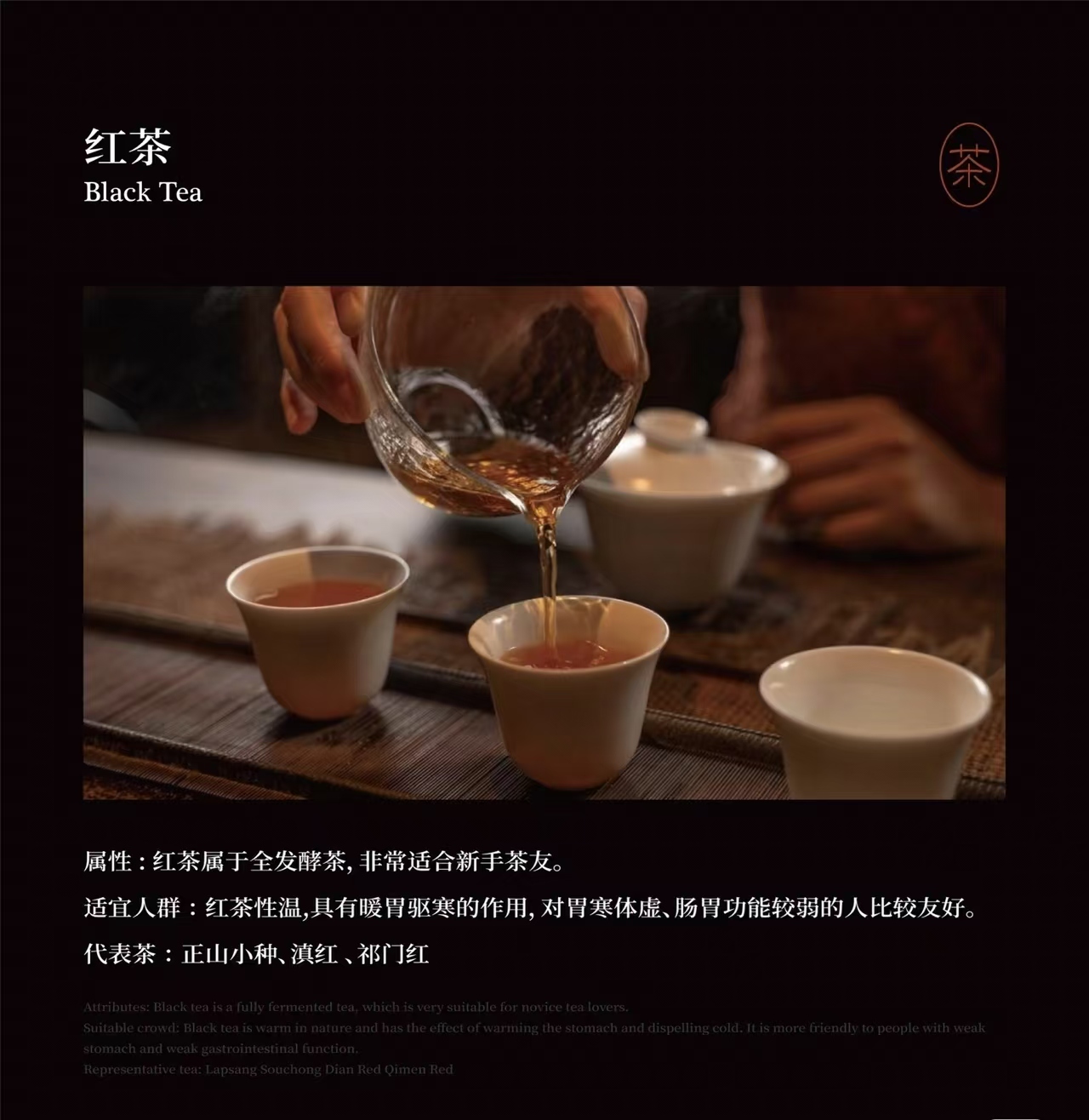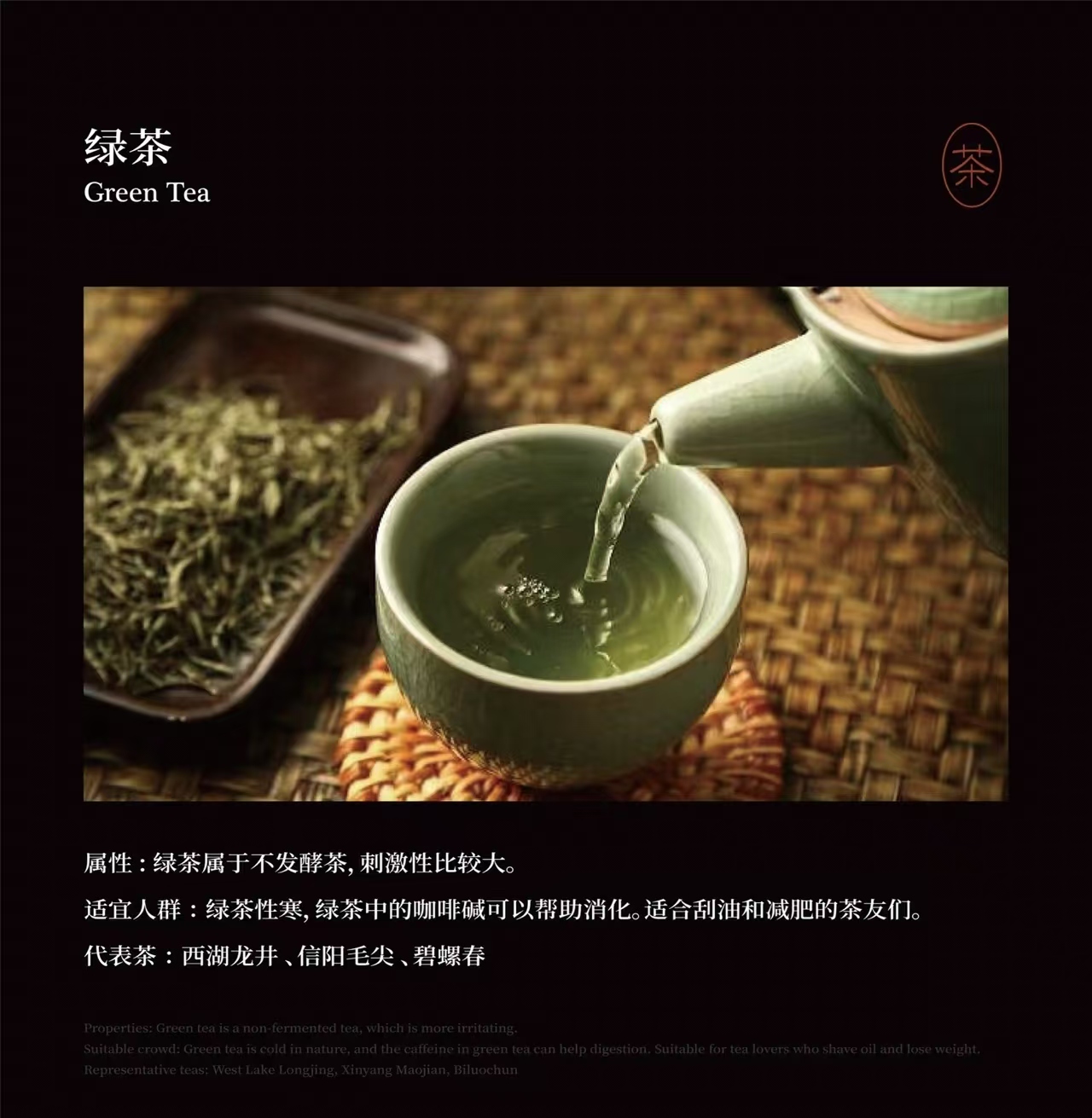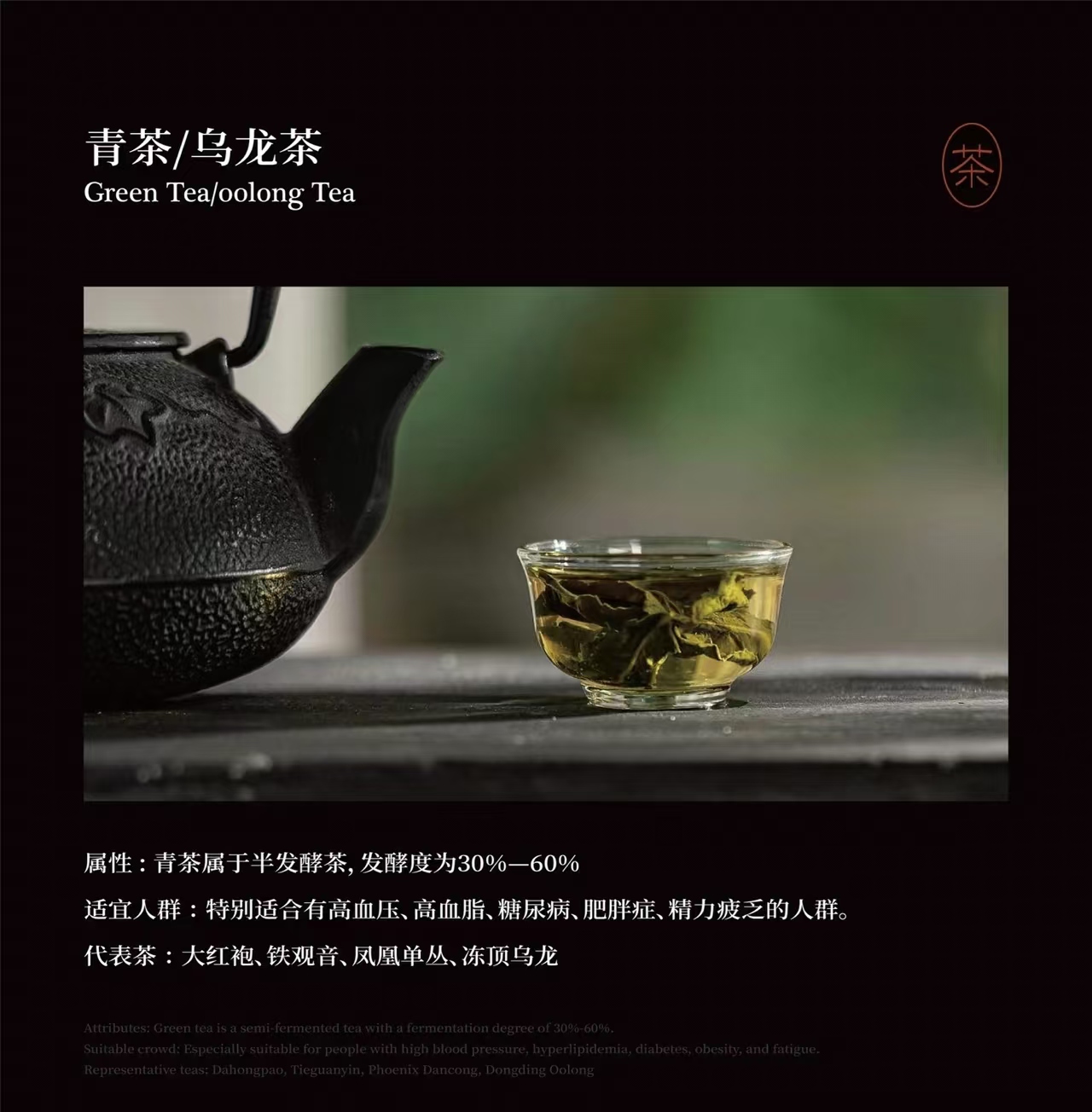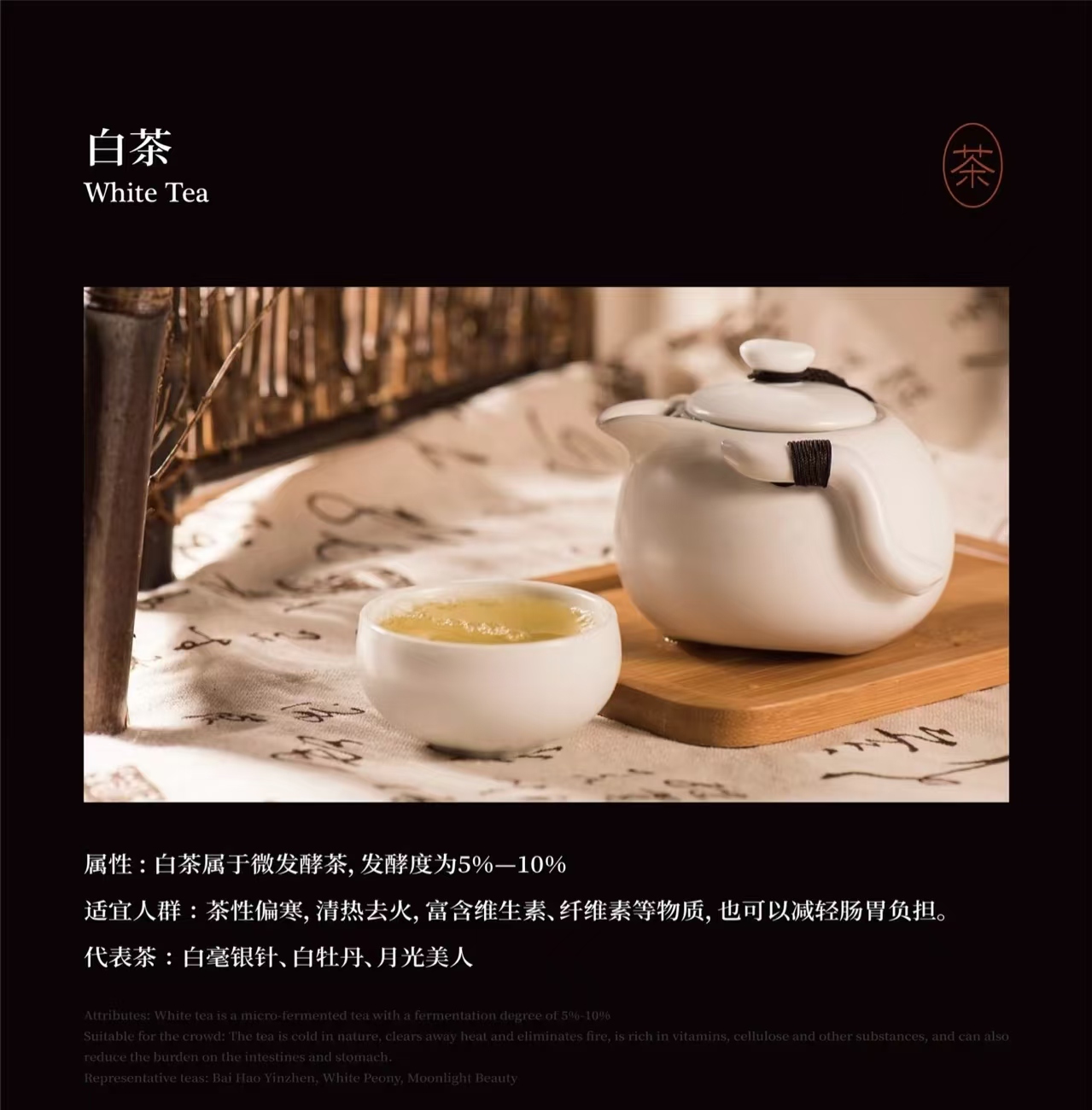Product categories
- All 21
- Black Tea 3
- Dark Tea 1
- Green Tea 2
- Oolong Tea 6
- Tea Set 5
- White Tea 2
- Yellow Tea 2
Filter By Price
Status

Need Help?
8/7
Automatic Glass Tea Set
Portable Outdoor Gongfu Tea Set
Purple Clay GongFu Tea Set
$399.00 – $699.00Price range: $399.00 through $699.00 Select options This product has multiple variants. The options may be chosen on the product pageShadow Blue San Cai Gaiwan Tea Set
Our New Spice
Arrivals
Questions?
Speak with our team!
Tea Ceremony Tools: Why These Ancient Designs Hold the Key to Modern Brewing
Whether you’re a tea newbie or a seasoned sipper, having the right tea tools can transform your daily cuppa into a mindful ritual. Let’s break down the essentials of tea ware—from brewing basics to stylish accessories—so you can brew like a pro and savor every sip!
Essential Tea Ware for Brewing
1. The MVP: Gaiwan (Lidded Bowl)
The gaiwan is the Swiss Army knife of tea tools. Made from ceramic, glass, or clay, this versatile lidded bowl works for all tea types. Use it to brew delicate greens, bold oolongs, or aged pu-erh—it’s a multitasker! Just add leaves, pour hot water, steep, and pour through the lid’s gap to strain. Pro tip: Ceramic gaiwans retain heat well, while glass ones let you watch the leaves dance!
2. The Classic: Teapot
Teapots come in all shapes and materials, but two reign supreme:
-
Glass Teapots: Perfect for visual teas like blooming jasmine or tender green tea. Watch those leaves unfurl!
-
Yixing Clay (Purple Sand) Teapots: Prized by tea nerds for enhancing flavors over time. Ideal for oolong, pu-erh, or black tea. Fun fact: Seasoned Yixing pots “absorb” tea oils, making each brew richer!
3. The Peacekeeper: Fairness Cup
A fairness cup (or gong dao bei) ensures every guest gets the same flavorful brew. After steeping, pour tea into this glass or ceramic pitcher first. It stops over-brewing and balances the strength. No more weak first cups or bitter last drops!
4. The Sip Squad: Tea Cups
-
Tasting Cups (Pin Ming Bei): Small, wide cups for sipping. Go for clay or porcelain to concentrate aromas.
-
Aroma Cups (Wen Xiang Bei): Tall, narrow cups for sniffing fragrant oolongs. Pour tea into these first, then transfer to tasting cups—double the sensory joy!
Brewing Sidekicks: Must-Have Tools
5. Tea Boat (Cha Chuan)
This tray catches spills and keeps your table tidy. Bonus: Some designs let you rinse cups or warm teaware with hot water!
6. Tea Holder (Cha He)
A tea holder is like a jewelry box for your leaves. Before brewing, place dry leaves here to admire their shape and aroma—a mini tea meditation!
7. Lid Rest (Gai Zhi)
Where do you put your gaiwan’s lid mid-brew? On a chic lid rest! It’s hygienic and adds a touch of elegance.
8. Tea Towel (Cha Jin)
Keep a cloth handy to wipe drips or polish cups. Opt for quick-drying linen or cotton.
9. Water Jar (Shui Yu)
This bowl is your dump zone for rinse water, used leaves, or leftover tea. No more mad dashes to the sink!
Upgrade Your Setup: Water Heaters & Brew Tools
10. Kettles Matter!
Your water’s temperature affects flavor. Here’s how to choose:
-
Glass Kettles: See bubbles rise? Perfect for timing green tea (70–80°C).
-
Cast Iron (Tetsubin): Adds minerals for smoother water. Great for black tea or aged pu-erh.
-
Silver Kettles: A splurge, but they make water taste “sweeter” for delicate whites or greens.
-
Electric Kettles: Fast and precise, but avoid reboiling—stale water = flat tea.
11. Tea Knife (Cha Dao)
For breaking up compressed tea cakes or bricks, a sturdy tea pick is your knight in shining armor. Gently pry chunks without crushing leaves.
12. Filter Mesh (Cha Lou)
Hate leafy bits in your cup? A stainless steel or cloth filter over your teapot spout catches stray fragments.
Style Meets Function: Tea Ceremony Accessories
13. Tea Pet (Cha Chong)
These cute clay figurines “live” on your tea tray. Pour leftover tea over them—they’ll develop a patina over time, like a tea diary!
14. Incense & Flowers
Set the mood with a sandalwood stick or a minimalist ikebana arrangement. Tea time is a vibe!
15. Tea Tablecloth (Cha Xi)
A fabric or bamboo mat defines your brewing zone and catches drips. Go for earthy tones or bold patterns—it’s your canvas.
Pro Tips for Choosing Tea Ware
-
Match Material to Tea:
-
Porcelain/Ceramic: Neutral, works for all teas.
-
Yixing Clay: Best for roasted oolongs, pu-erh.
-
Glass: Ideal for visual teas (e.g., blooming, green).
-
-
Size Matters: Small pots (150–200ml) are better for solo sipping. Larger pots (300ml+) suit groups.
-
Easy Cleanup: Avoid intricate designs if you hate scrubbing. Smooth surfaces = less residue.
-
Start Simple: You don’t need a $$$ Yixing pot day one! A basic gaiwan and fairness cup are enough to explore.
Final Sips
Tea ware isn’t just about utility—it’s about crafting moments of calm. Whether you’re brewing in a minimalist setup or hosting a full ceremony, each tool has its role. So, grab your gaiwan, play with temperatures, and let the leaves tell their story. After all, the best tea tool is the one that makes you slow down and savor.











